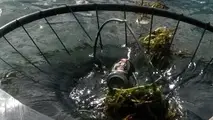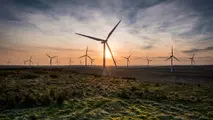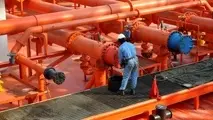Shipping’s new technologies will help address pollution concerns

A ship owner investing in a newbuilding today has in front of him a flurry of options to consider in order to comply with the upcoming new regulations. In a recent weekly report, shipbroker Intermodal said that “an undoubtedly interesting market lately is the newbuilding market, in which we are witnessing numerous orders across all sectors and sizes. At the same time, we have observed that specialized agencies of the United Nations such as the International Maritime Organization (IMO) have recently strengthened their regulations, in an effort to prevent pollution globally, protect the marine environment and improve safety and security aboard as well as ashore”.
According to Mr. George Panagopoulos, Research Analyst with Intermodal, “amidst the regulations that have entered into force on January 1st 2016 is the part of the revised MARPOL Annex VI for the NOx Tier III limits, that owners need to comply with in order to trade in ECA areas. As a result, taking into consideration this new regulation, keel-laid vessels will need their engines to comply with the regulation”.
He says that “to put things into perspective it is helpful to examine the best practices for design of ships subject to NOx Tier III requirements: The first option is the Selective catalytic reduction (SCR) that is an advanced active emissions control technology system that injects a liquid-reductant agent through a special catalyst into the exhaust stream of a diesel engine. As a result the vessel will be Tier III compliant and the NOx reduction is more than 80%, with the only disadvantage being the high cost of investment. The second option is the Exhaust Gas Recirculation (EGR), where NOx emissions will be reduced by using internal engine technology, without making use of installing after-treatment devices. In detail, NOx emissions will be achieved by cooling some of the exhaust gas and redirecting it back into the charge air to be used again in the combustion process. Well known engine manufacturers have started to implement this option. An example is MAN Diesel & Turbo which recently announced that it will offer the world’s first IMO-certified two-stroke engine with Tier III NOx control and EGR systems. However, this option has some risks as until today there is limited operational experience and similar to the SCR system the cost of investment is rather high”, Panagopoulos noted.
According to the analyst, “all in all, there is no absolute answer for the best option to comply with. Both options are Tier III compliant, but have different features. For instance, OPEX costs in the EGR system are low, whereas in the SCR system are high. Furthermore, the SCR system requires more space compared to the EGR system which is more compact. Also, EGR can be combined with SOx scrubber, whereas the SCR can be combined in some cases. Lastly, there is possible impact on engine durability in the EGR, where on the contrary in the SCR there is none. Apart from the aforementioned systems that achieve Tier III-compliance together with the LNG fuelled vessels, there are other options under development for the reduction of NOx emissions, such as the use of alternative fuels, the Direct water injection (DWI) where up to 50% NOx reduction can be achieved, the Fuel-water emulsion (FWE) where the NOx reduction can be up to 30%. Lastly, the Intake air humidification and humid air motors (HAM) where NOx emissions can be from 30% to 70%. The shipping industry is evolving day by day in an effort to adapt to new technologies such as auto manning vessels and 3D printing”, Panagopoulos concluded.



